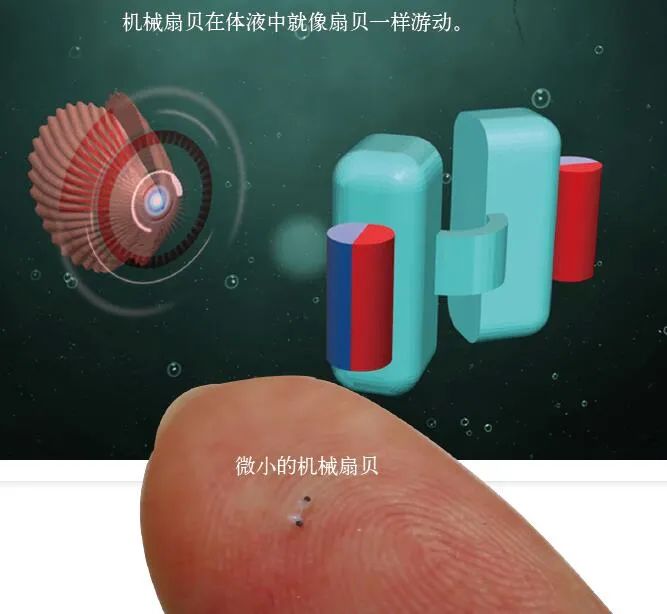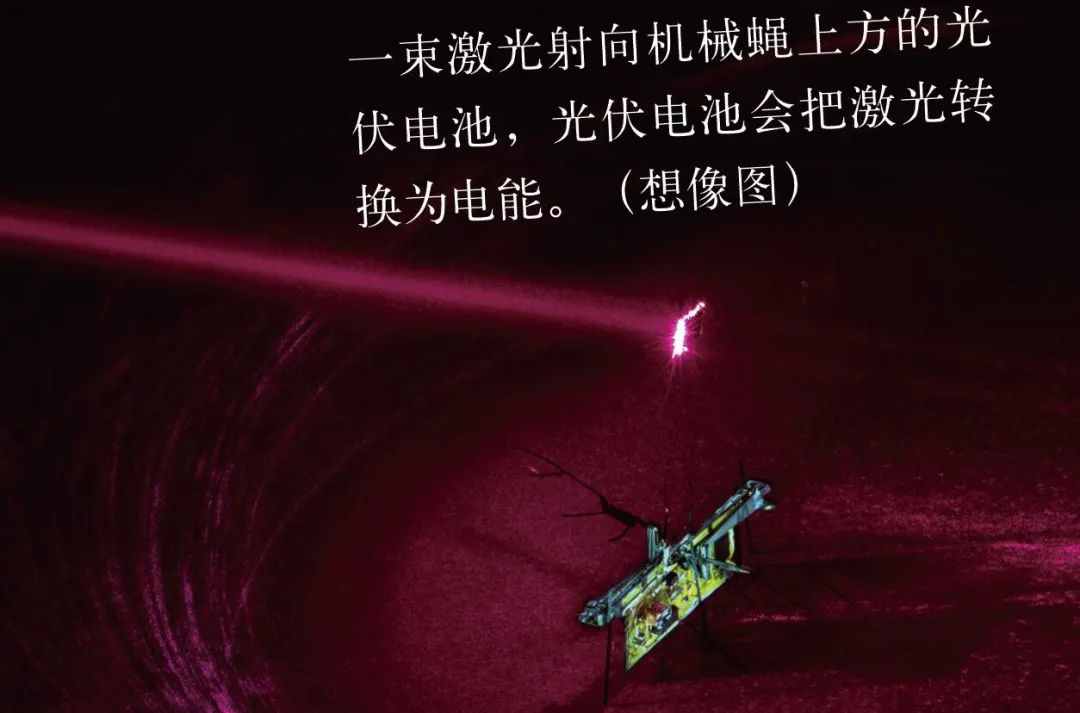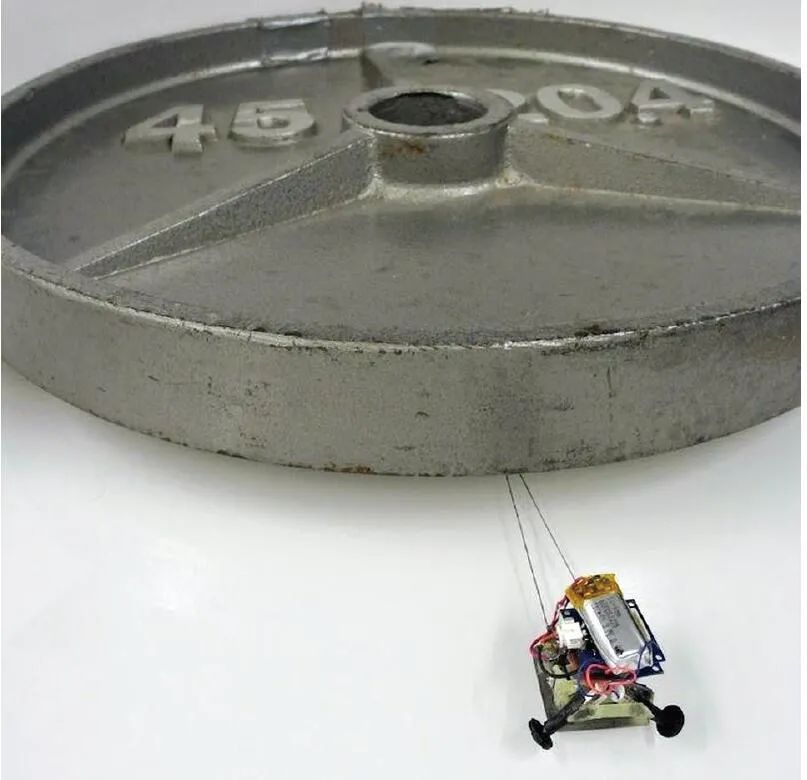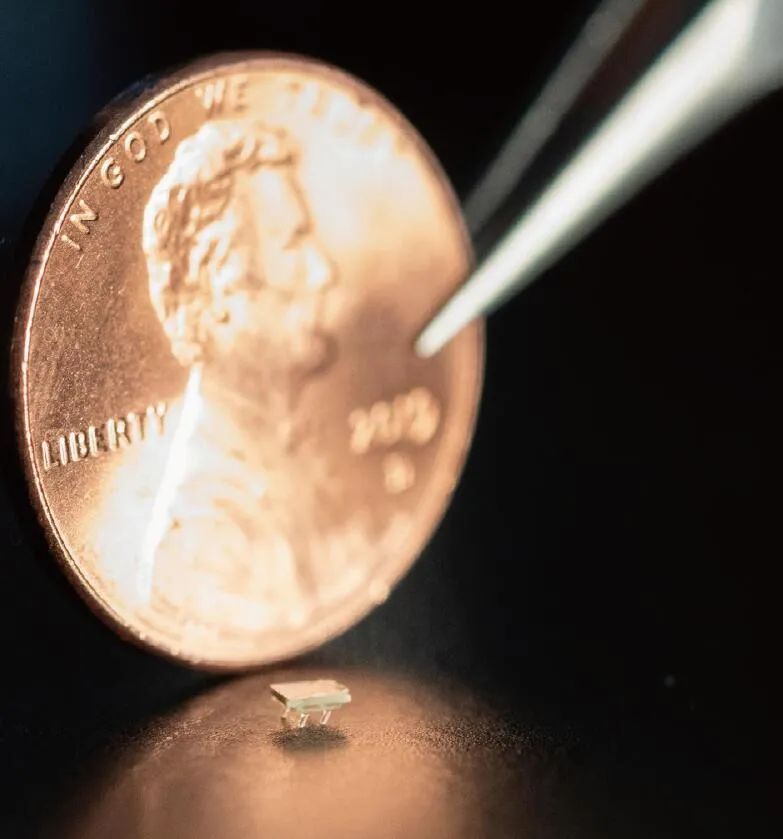Maybe you prefer large and powerful robots, but some scientists are studying robots that are so small they are difficult to detect, because some capabilities can only be fully realized when they are smaller.
Swimming Mechanical Scallops

The mechanical scallop is only 0.8 millimeters long and can swim in human body fluids, opening and closing like a scallop to compress liquid and gain thrust. Because the body’s fluids, such as blood and vitreous fluid, are relatively viscous, the scallop-like opening and closing method is more energy-efficient than the swimming method of fish. The mechanical scallop does not require batteries; its “shell” contains magnets, allowing it to swim in body fluids using magnetic force as long as there is a magnetic field outside the body. Future doctors may be able to control mechanical scallops to transport drugs to the target location, delivering medication precisely without affecting other cells, while also improving the utilization rate of the drugs.
Flying Mechanical Flies

This tiny object, about the size of a fly, is actually a wireless flying robot developed by the University of Washington in 2018. It is called the “mechanical fly” and weighs about the same as a toothpick, yet it can quickly flap its two bionic wings to take flight. Due to its small size, the mechanical fly cannot carry a large battery, so researchers equipped it with a photovoltaic cell that can convert laser light into electrical energy when illuminated by a laser. Researchers hope to equip the mechanical fly with sensors and miniature cameras in the future, enabling it to perform tasks in environments that are difficult for humans to access, such as monitoring forest fire situations or detecting life signals of survivors in rubble.
Towing Robot

Developed by Stanford University, the towing robot weighs only 12 grams but can pull a 20.4-kilogram iron plate, which is about 2000 times its own weight! The robot has a battery on top providing power, allowing it to move forward and pull a rope. Being so small, the robot needs to increase its adhesion to the surface to drag heavy objects. The robot’s “feet” have tiny rubber spikes that allow it to firmly attach to hard surfaces. In the future, towing robots may be able to enter ruins to deliver food and water to survivors.
Vibrating Brush Hair Robot

The brush hair robot was invented by the Georgia Institute of Technology in the United States. It is smaller than an ordinary ant, measuring 2 millimeters long and weighing only 5 milligrams. Although it is called “brush hair,” it only has four legs, which are of different shapes and sizes. Due to its small size, it cannot carry a regular battery and instead relies on surrounding vibrations to move, as its differently shaped legs can convert vibrations into horizontal movement. The direction of movement varies with different vibration frequencies; the vibrations are provided by a nearby electric device. Currently, the robot has yet to be utilized practically, but if it can carry a miniature camera, it may be able to observe the lives of ants, termites, and other insects up close in the wild.